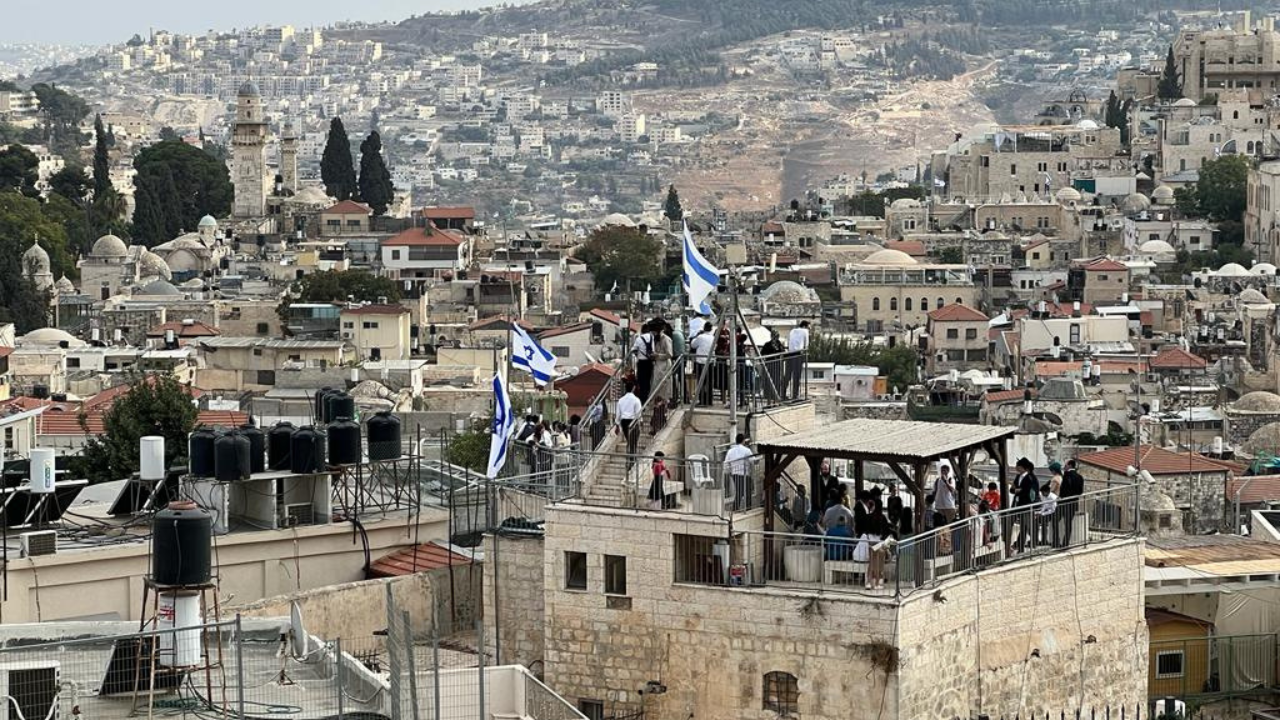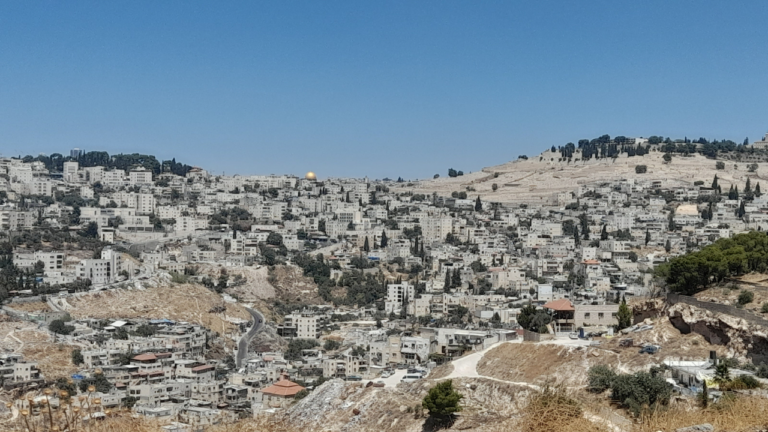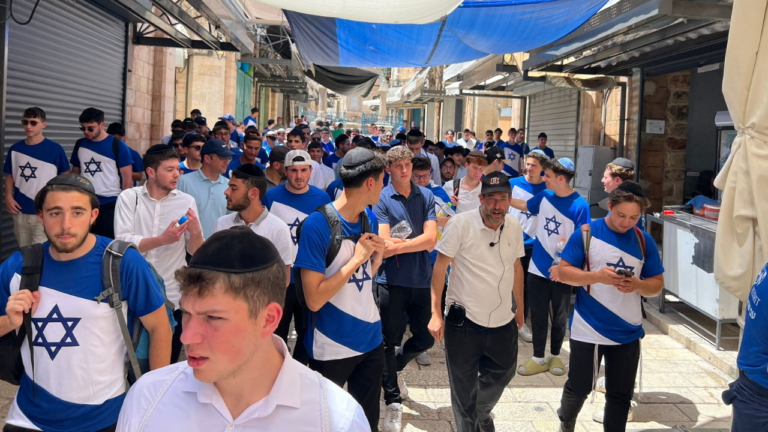Jerusalem and Rome: The Clash of Tzniut and Chitzoniut
As we progress further into Sefer Bereishit, we turn from the rivalry of Yitzchak and Yishmael to the struggle between Yaakov and Eisav. While the Torah states that Eisav was the father of the nation of Edom, Chazal note in many places that Eisav is really the progenitor of Rome and, by extension, western civilization. While carrying these rival twins in pregnancy, Rivka is dismayed by the intense battles being waged in her womb, representing the perpetual struggle for dominance that would ensue in her sons’ lifetimes and beyond. Hashem informs her that she carries two sons, two nations that will emerge from the womb as rivals. ולאם מלאם יאמץ, one regime shall become strong from the other regime. As explained by Rashi (Bereishit 25:23), the two nations of Yisrael and Edom will never achieve hegemony simultaneously. As one brother ascends, the other falls.
The Gemara Megillah (6a) explains that the two capital cities of these nations reflect this paradigm. If someone reports that both Jerusalem and Rome (referred to as Keisari, see Meromei Sadeh ibid) are in a state of destruction, he should not be believed. Likewise, if he claims that both are in a state of peace and prosperity, he should be disregarded. When Rome rises to power, Jerusalem is in a state of destruction. And when Jerusalem ascends, Rome falls. As Yechezkel (26:2) states, Rome cries out “I will be filled, for she (Jerusalem) was destroyed!” (see Shemot Rabba 9:13).
Chazal are not simply describing physical rivalry and competition between Jerusalem and Rome; these two cities represent mutually exclusive spiritual paradigms that simply cannot coexist. Eisav consistently shows that the principle focus of his life relates to chitzoniut, the outermost expression of everything he encounters. When Eisav asks Yaakov to feed him from his lentil stew, he refers to the soup as “very red stuff”. As the Maharal notes, color is the most superficial outer expression of anything we encounter in this world. Eisav only sees skin deep; color and luster are far more important to him than the actual content of what he desires.
Chazal compare Eisav to the pig (Bereishit Rabba 65:1). Much like a pig that possesses split hooves but lacks the ability to chew its cud (the internal symbol of kashrut), Eisav outwardly projects virtue but remains internally corrupt and impure. Eisav was charismatic and alluring, easily attracting doting followers by feigning moral perfection. But underneath the outer presentation of Rome lies darkness, violent aggression, moral corruption, and obsession with physical desire.
In contrast, Jerusalem’s outer beauty reflects a deep and sincere spiritual light. She is the “fairest of all sites, joy of all the earth” (Tehilim 48:2). While Jerusalem certainly possesses physical beauty, her true glory is found in her sanctified inner sanctums that brim with moral clarity and justice. The very essence of the city represents tzeddek u’mishpat, righteousness and justice (Yishayahu 1:26). The most beautiful and holy place of Jerusalem, the Holy of Holies, is deliberately kept exclusive and inaccessible. (In the Hoshaanot prayers, we refer to the Kodesh HaKadoshim as the Dvir Ha’Mutzna, the hidden/modest inner sanctum.) Over the past few weeks, I’ve been pondering the “sophisticated” Ivy League institutions of higher education in America. They are the self-proclaimed paradigms of moral virtue and truth in the western world. While they still wax eloquent about tolerance and integrity, they have shed their outer shells to reveal that which lurks beneath the surface: grotesque hypocrisy, cruelty, and hatred of Yaakov. Not coincidentally, their emblems carry phrases written in Latin, the language of Eisav and Rome. They carry the legacy of Edom, an obsession with outer expressions of superficiality while ignoring that which is true and good. These vain and corrupt institutions offer nothing to us; our future lies in Jerusalem, the city of justice, truth, and inner beauty. May Hashem restore the Dvir HaMutzna speedily in our days.



